Historic buildings possess a character that modern construction rarely achieves—high ceilings, thick walls, unusual nooks, and architectural details that tell stories of their previous lives. When visionary booksellers inhabit these structures, they often work with rather than against the existing architecture, creating literary spaces where books feel at home among centuries-old features.
These bookstores don’t just sell books; they preserve history while creating spaces where literature and architecture complement each other in ways that mall chain stores never could. The relationship between old buildings and new bookstores often produces unexpected magic, where former banks become poetry sections and old theaters house philosophy collections.
Here is a list of 18 bookstores that have transformed historic structures into unique literary destinations.
The Last Bookstore
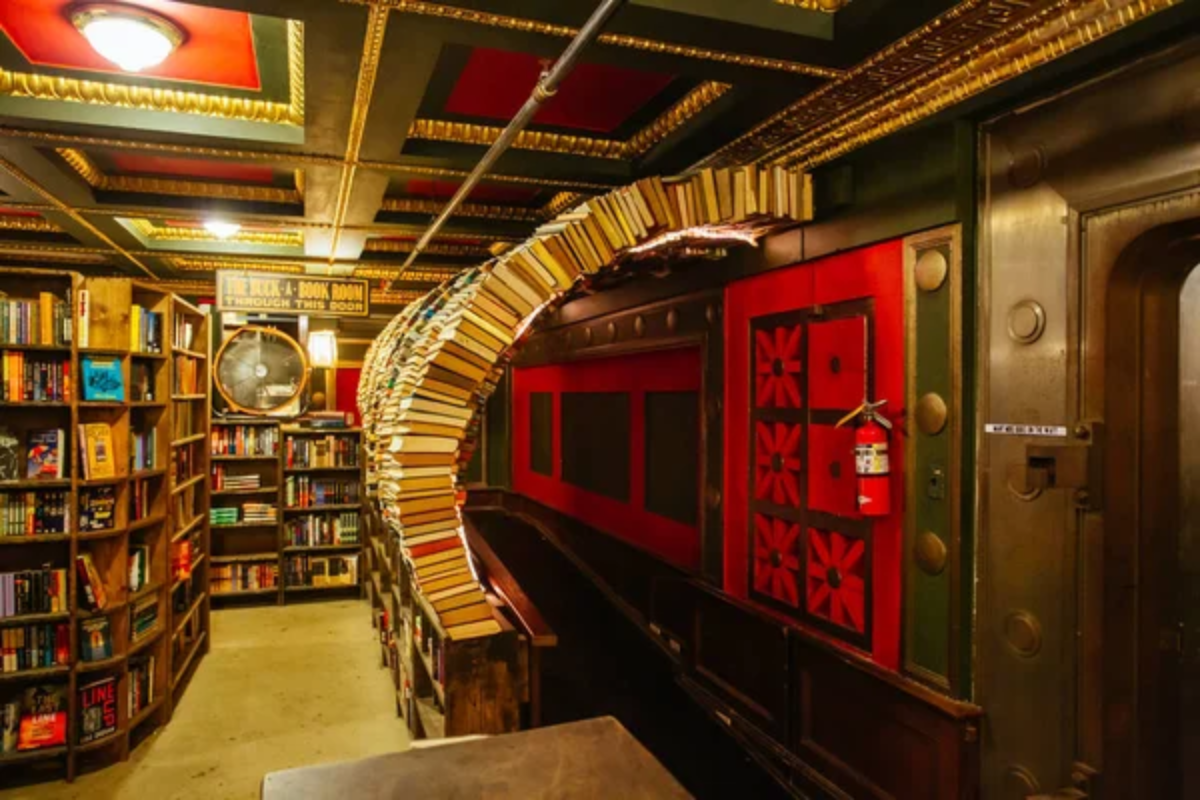
Los Angeles converted a former bank building into this sprawling bookstore, where the original marble columns and ornate ceiling create a cathedral-like atmosphere for browsing. The bank’s former vault now houses rare books, while the main floor uses the building’s natural acoustics to host regular author readings and literary events.
The mezzanine levels create intimate reading areas where visitors can settle into comfortable chairs surrounded by towering bookshelves. The contrast between the building’s financial past and literary present creates an environment where money and books coexist in ways
Housing Works Bookstore Café
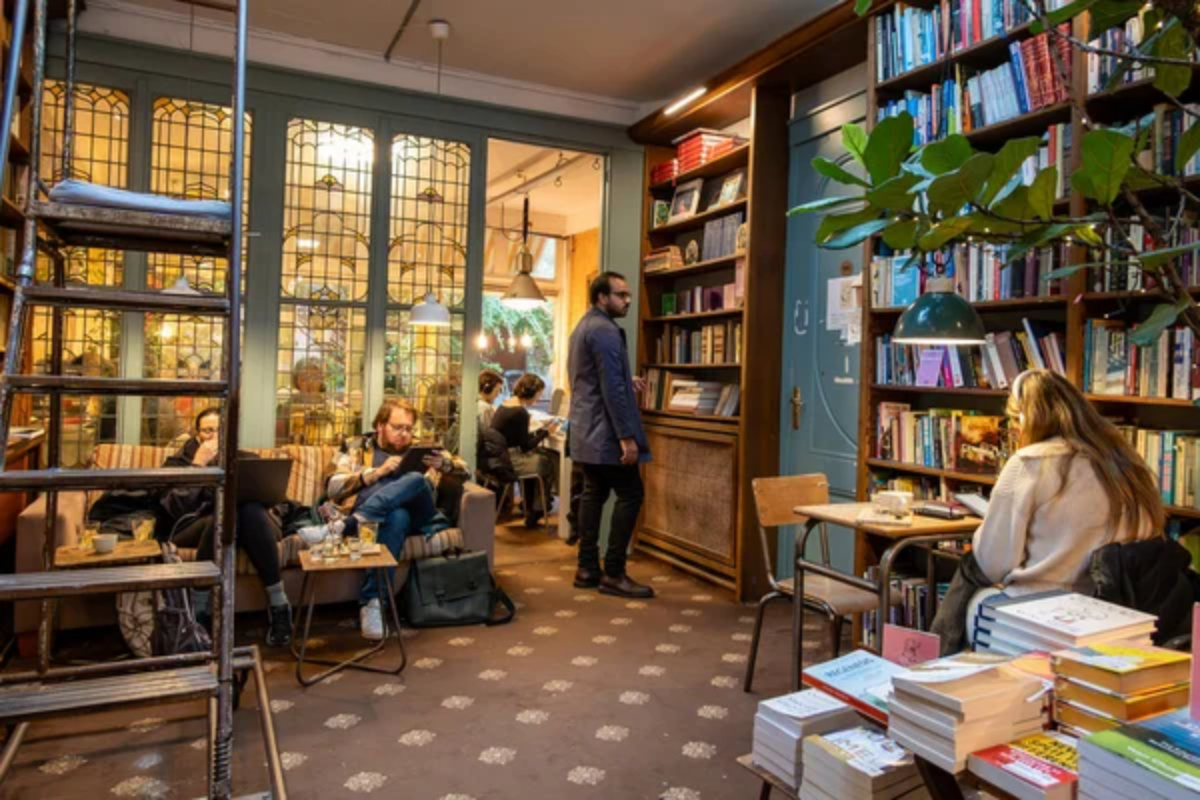
New York’s SoHo location occupies a former 19th-century textile warehouse where exposed brick walls and cast-iron columns create industrial charm enhanced by floor-to-ceiling bookshelves. The building’s high ceilings accommodate a mezzanine level that houses the café, allowing visitors to drink coffee while looking down at fellow book browsers below.
Original hardwood floors creak pleasantly underfoot, adding auditory character that modern buildings cannot replicate. The warehouse’s former loading dock now serves as an event space, where the building’s industrial heritage provides unique acoustics for book launches and literary discussions.
Like Travel Pug’s content? Follow us on MSN.
Bart’s Books
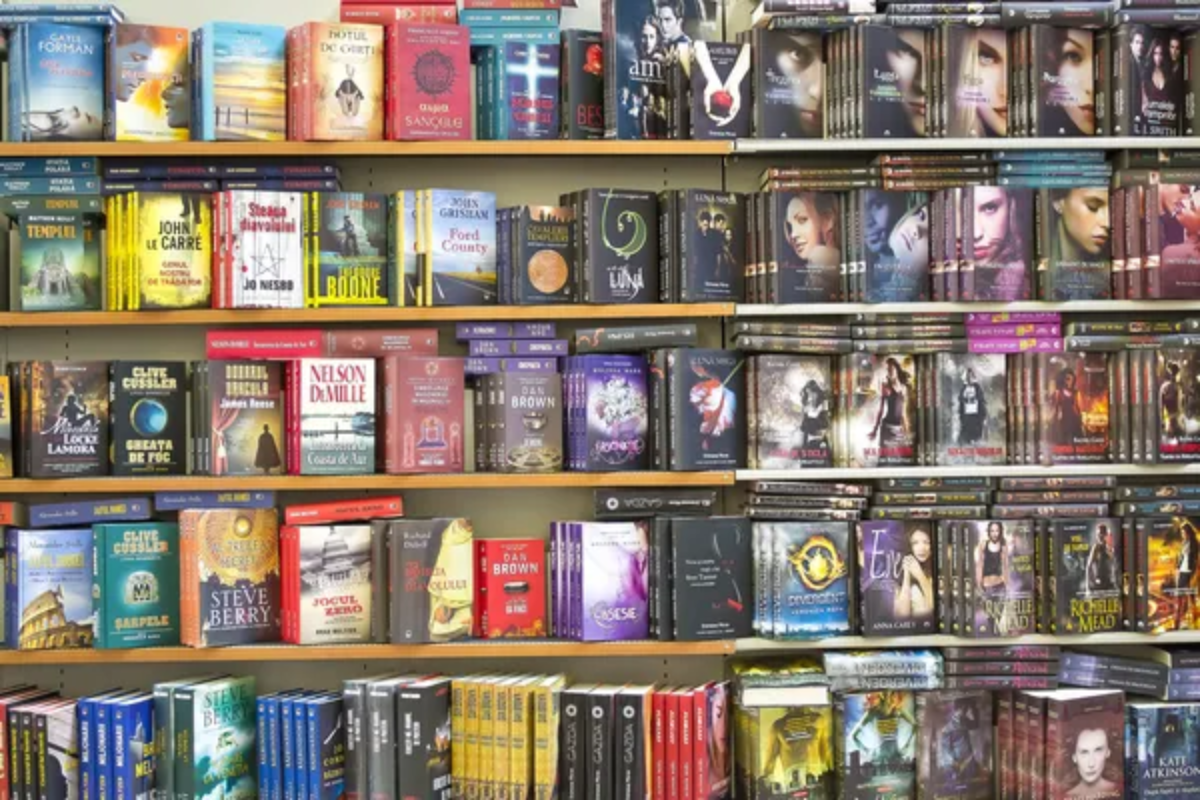
California’s Ojai features this outdoor bookstore housed in a former orange grove, where trees provide natural shelving and shade for browsing. The property’s agricultural buildings have been converted into specialized sections, with the former packing house now containing rare books and local history collections.
Weather-resistant book displays make use of the grove’s natural pathways, creating a maze-like browsing experience among the citrus trees. The honor-system payment booth occupies the former grove manager’s office, maintaining the agricultural community’s tradition of trust-based commerce while serving modern book buyers.
Powell’s City of Books

Portland’s flagship location occupies an entire city block of former auto dealership buildings, creating a bookstore complex where different rooms maintain distinct personalities from their automotive past. The former showroom floor now houses new releases, while service bays have been converted into specialized sections like science fiction and technical manuals.
Original hydraulic lifts remain visible in some sections, serving as conversation pieces that remind visitors of the building’s mechanical heritage. The dealership’s parts department became the store’s rare book room, where climate control systems originally designed for auto parts now preserve valuable literary collections.
The Strand Bookstore
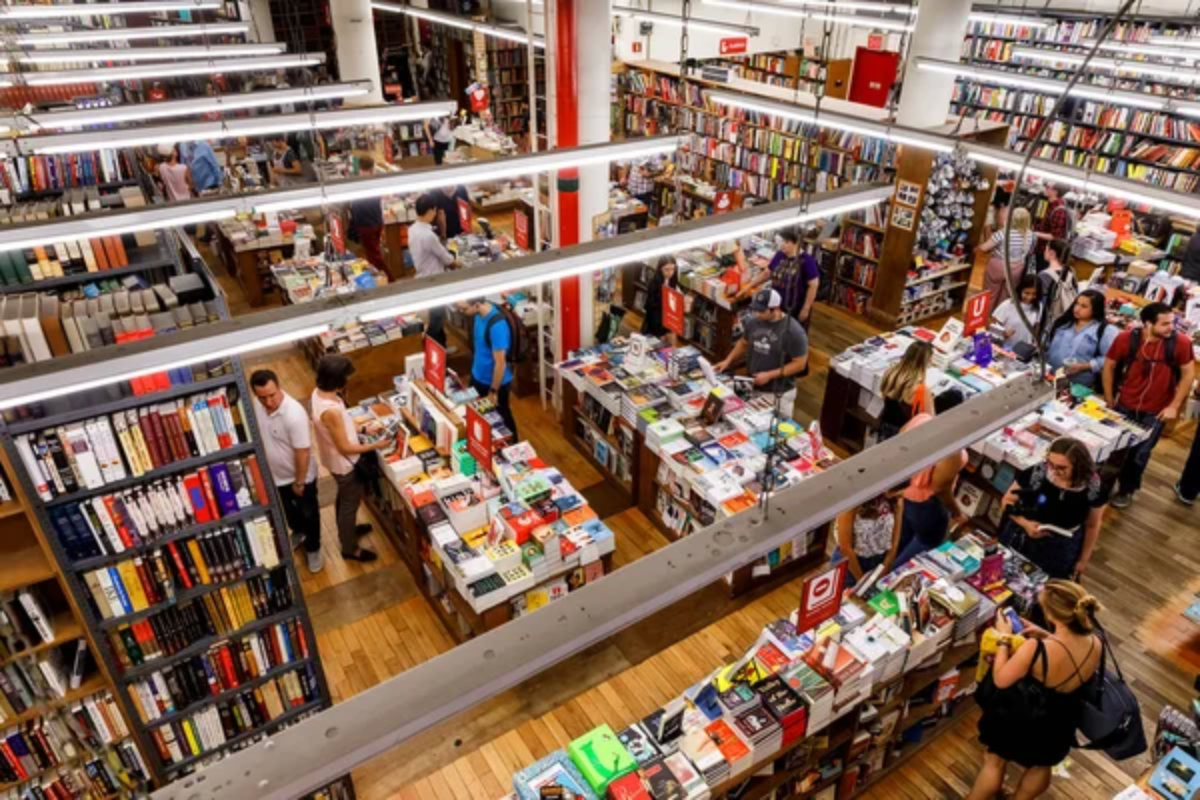
New York’s Union Square institution occupies a former department store where multiple floors provide space for the famous ’18 miles of books’ while maintaining the building’s early 20th-century commercial architecture. The store’s basement rare book room utilizes the building’s former storage areas, where thick walls and stable temperatures create ideal conditions for valuable collections.
Original elevator equipment remains visible, though modern book lifts now handle the heavy work of moving inventory between floors. The building’s large windows provide natural light for browsing while maintaining the street-level retail atmosphere that made the location attractive to the original department store.
Like Travel Pug’s content? Follow us on MSN.
Shakespeare and Company
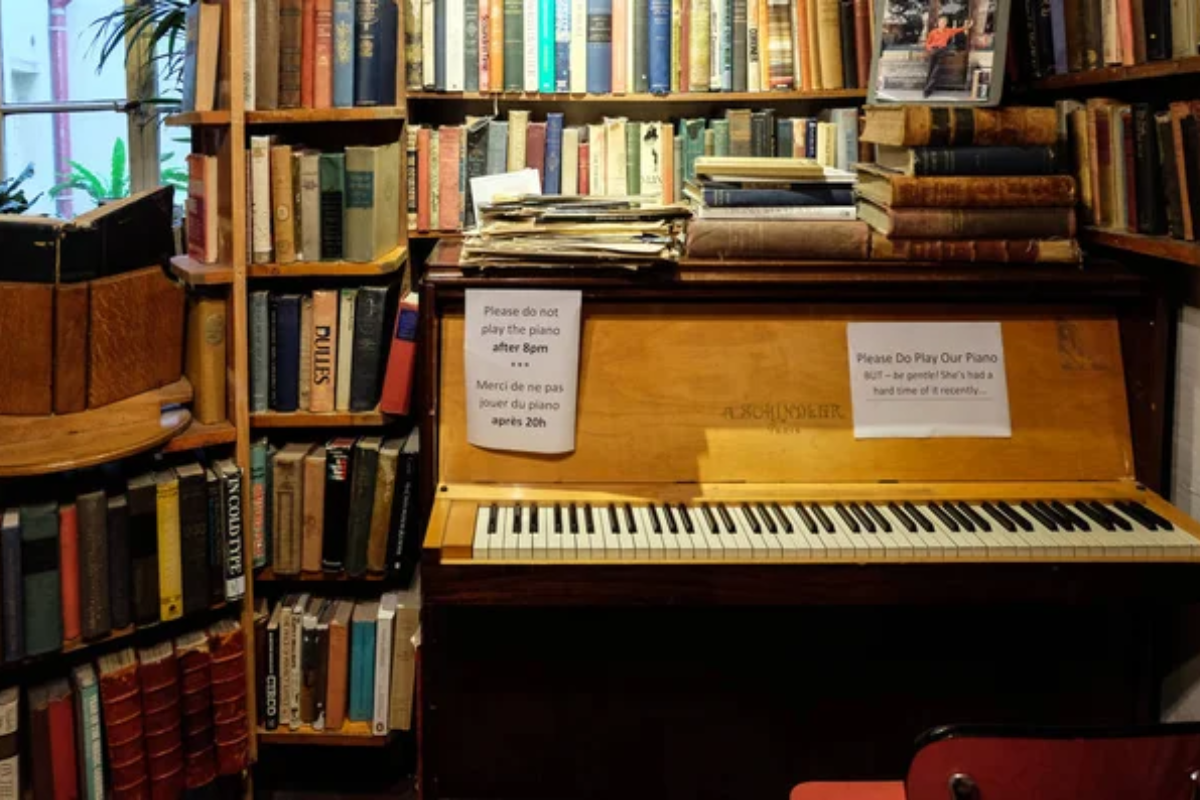
Paris’s famous English-language bookstore occupies a 17th-century building across from Notre Dame, where narrow staircases and low ceilings create intimate reading spaces that feel more like literary salons than retail establishments. The building’s former residential layout provides natural divisions between different book sections, with former bedrooms now housing poetry and philosophy collections.
Original stone walls and wooden beams create an atmosphere where visitors feel transported to earlier literary periods. The store’s famous policy of allowing writers to sleep among the books makes use of the building’s residential heritage in ways that honor both literary tradition and architectural history.
City Lights Bookstore
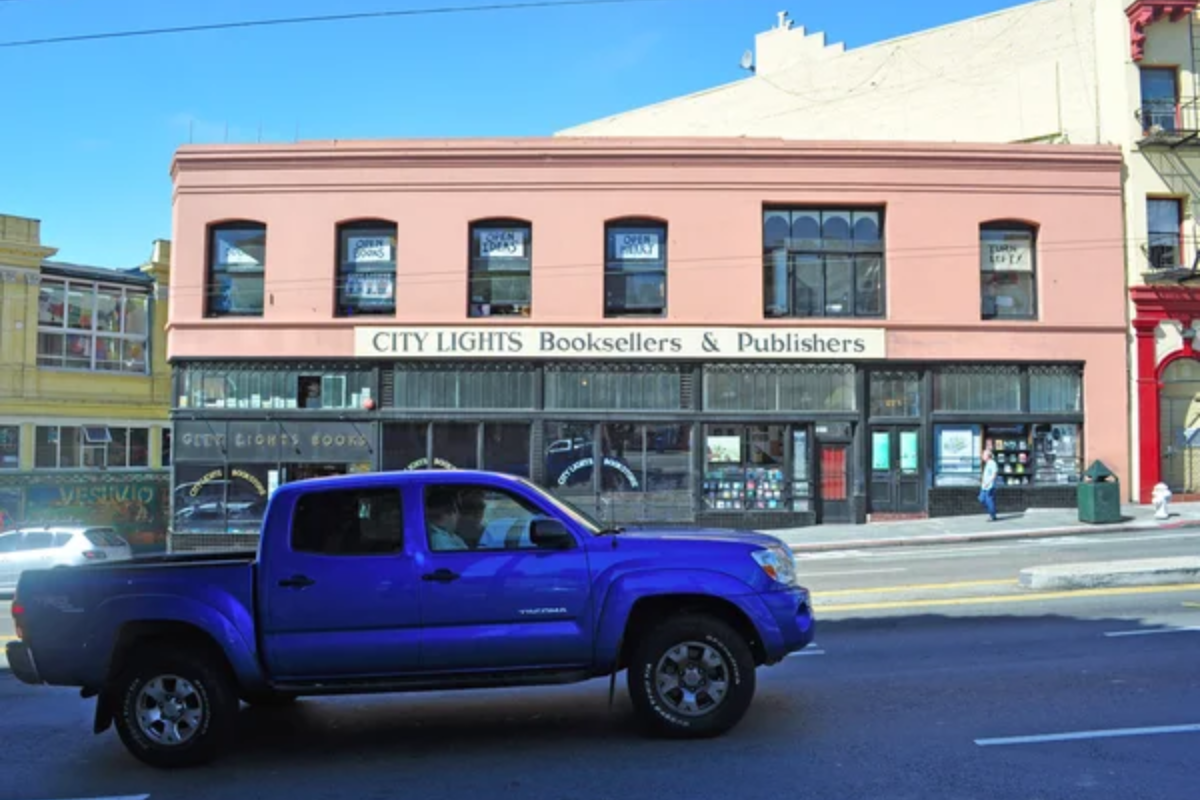
San Francisco’s Beat Generation landmark occupies a 1907 building, where the original storefront windows and tin ceiling create an environment that has barely changed since the bookstore’s founding in 1953. The building’s narrow layout forces visitors to move through different sections sequentially, creating a journey-like browsing experience that mirrors the exploratory nature of the literature the store champions.
Upstairs rooms that once served as offices now provide quiet reading areas where visitors can sample books while surrounded by literary history. The store’s basement poetry room utilizes the building’s original foundation walls, creating an underground literary cave that feels separate from street-level commercial activity.
Gotham Book Mart

New York’s relocated literary institution now occupies a former millinery shop where book displays have replaced hat displays, though the store maintains the intimate scale that made it a favorite gathering place for writers. The building’s original pressed-tin ceiling and hardwood floors provide a character that modern retail spaces cannot replicate.
Former hat-making workrooms now serve as reading areas where visitors can browse literary magazines and small press publications. The shop’s famous literary events make use of the building’s acoustic properties, creating intimate author readings that feel more like private gatherings than public performances.
Like Travel Pug’s content? Follow us on MSN.
Kramerbooks & Afterwords Cafe
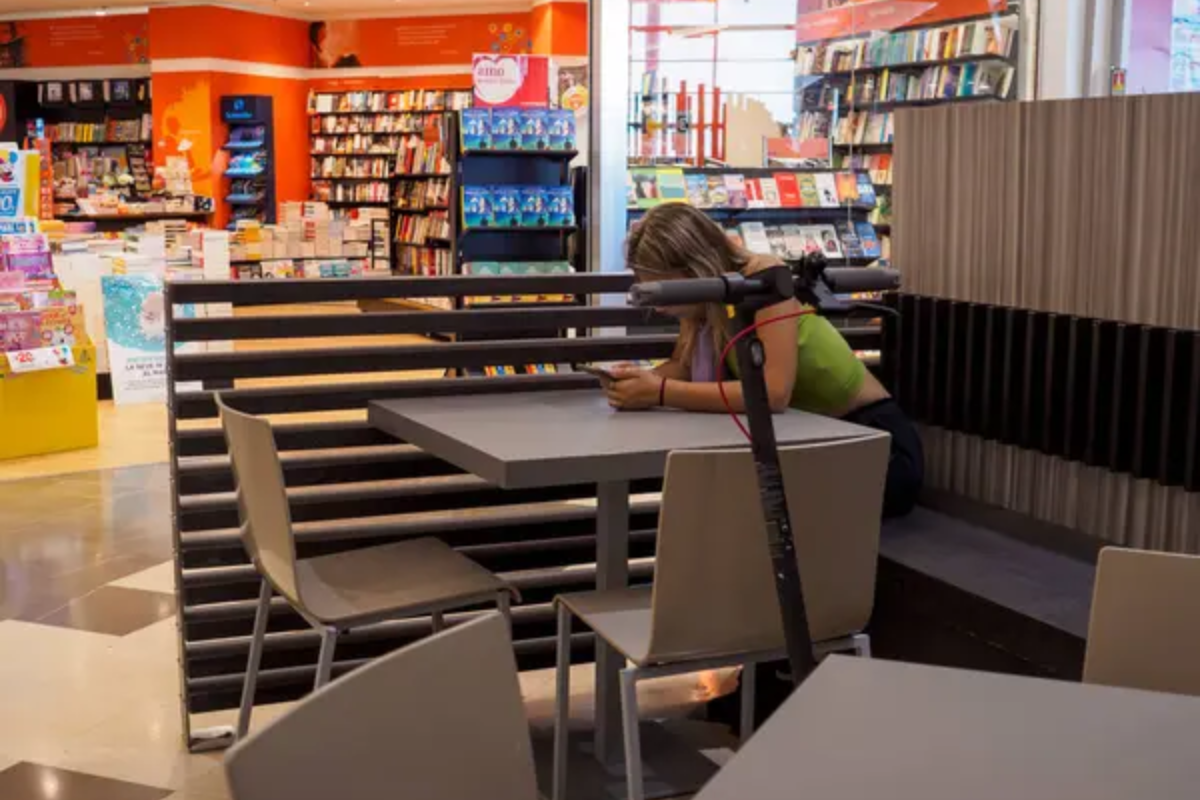
Washington DC’s Dupont Circle combination bookstore and restaurant occupies a former townhouse where different rooms serve different functions while maintaining residential charm. The building’s original dining room now houses the café, while former parlors provide intimate settings for browsing literary fiction and poetry.
Multiple fireplaces throughout the building create cozy reading nooks during winter months, while original hardwood floors and period moldings maintain the domestic atmosphere. The townhouse’s former library serves as the store’s rare book section, creating a room-within-a-room experience that honors both the building’s and the books’ heritage.
Munro’s Books

Victoria, British Columbia’s premier bookstore, occupies a former bank building where the original vault now stores rare Canadian literature while marble floors and ornate plasterwork create an elegant browsing environment. The bank’s former teller windows have been converted into information desks, maintaining the building’s interactive layout while serving literary rather than financial customers.
High ceilings and natural light from large windows create an airy atmosphere that contrasts with many cramped bookstore environments. The building’s corner location and large windows make the bookstore a visible landmark that attracts both serious book buyers and casual browsers drawn by the architectural beauty.
McNally Jackson Books
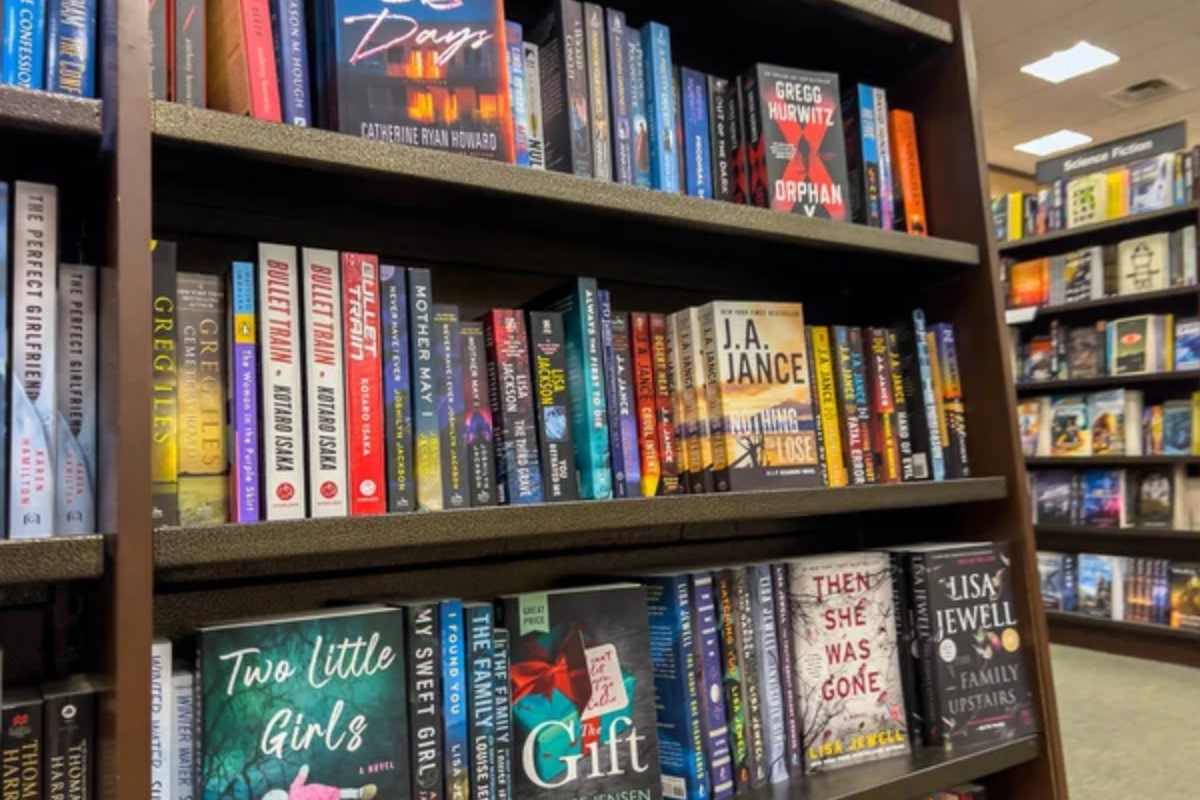
New York’s SoHo location occupies a former textile warehouse where exposed brick walls and industrial fixtures create a loft-like atmosphere enhanced by carefully curated book displays. The building’s freight elevator still operates, though it now carries books and customers rather than fabric and garments.
Original maple floors, worn smooth by decades of industrial use, provide character that new construction cannot achieve. The warehouse’s high ceilings accommodate a mezzanine level that houses the store’s art and architecture sections, creating viewing angles that allow browsers to survey the entire store while focusing on specific collections.
Like Travel Pug’s content? Follow us on MSN.
Left Bank Books
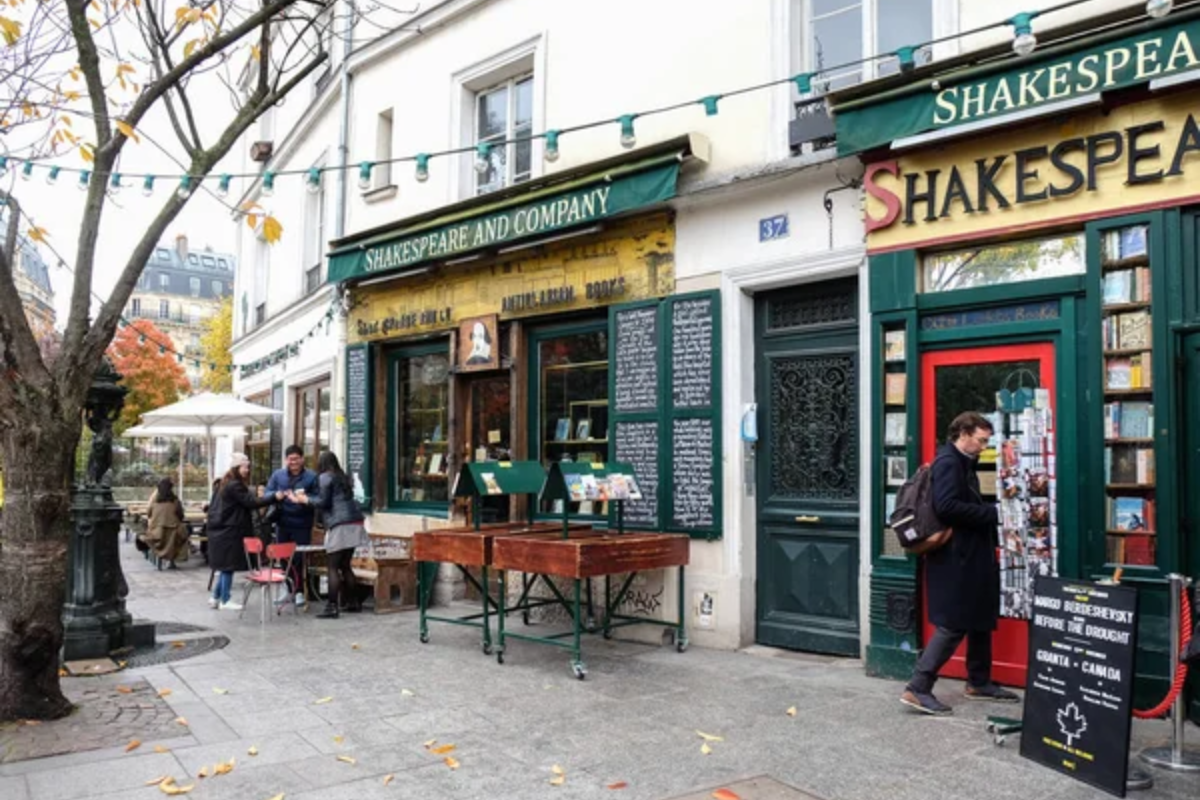
St. Louis’s independent bookstore occupies a former pharmacy building where the original prescription counter now serves as the checkout desk while maintaining the community-focused atmosphere that pharmacies once provided. Bookshelves have replaced medicine shelves, though the store maintains the neighborhood gathering place function that the pharmacy once served.
The building’s corner location and large windows create visibility that draws pedestrians inside, while original terrazzo floors and vintage fixtures maintain period character. Former consultation rooms now serve as quiet reading areas where customers can examine books away from the main browsing areas.
BookCourt
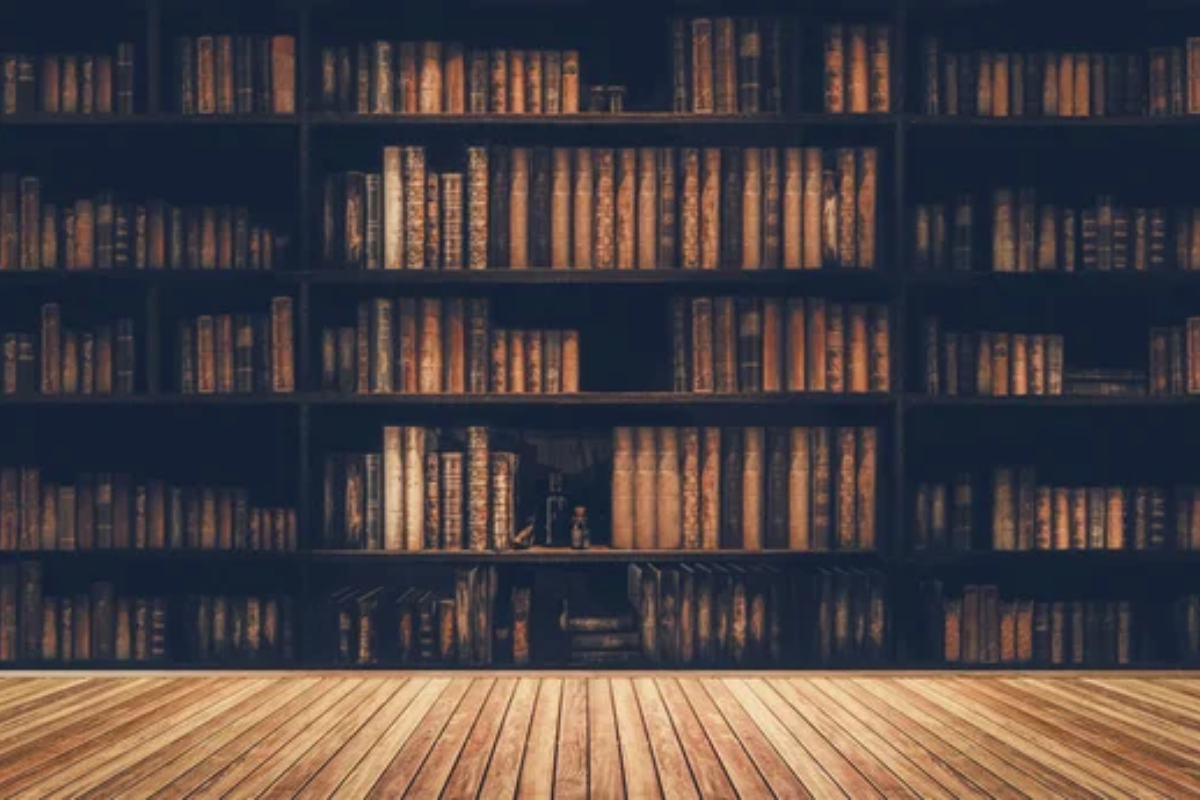
Brooklyn’s former location occupied a converted townhouse where different floors provided distinct browsing environments, from ground-level new releases to basement bargain books. The building’s residential layout created natural reading nooks in former bedrooms and parlors, making book browsing feel like exploring a literary friend’s house.
Original architectural details like crown molding and hardwood floors provided elegance that enhanced rather than competed with the books on display. The townhouse’s former garden became an outdoor reading area where customers could sample books while enjoying fresh air and natural light.
Prairie Lights Books
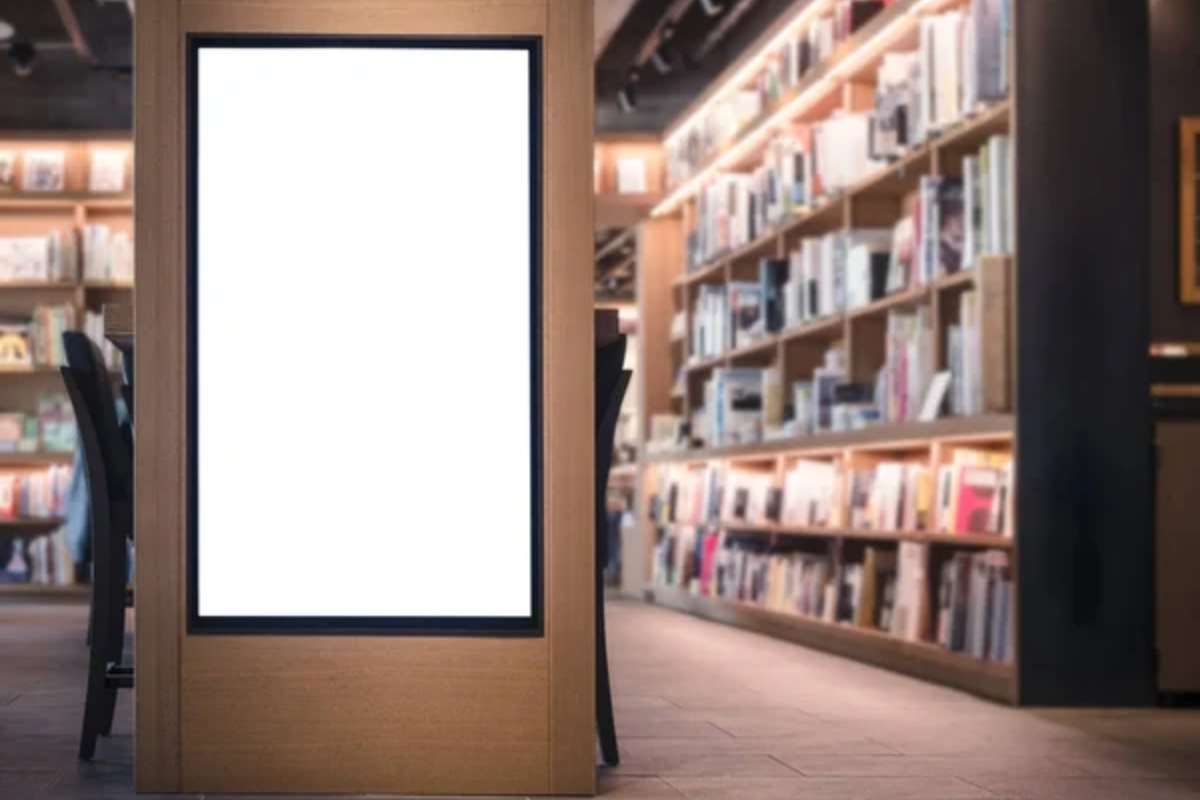
Iowa City’s literary landmark occupies a former department store where the original tin ceiling and hardwood floors create an environment that honors both commercial history and literary culture. The building’s large windows provide natural light for browsing while creating display areas that attract street-level attention from pedestrians and drivers.
Former department store dressing rooms have been converted into private reading areas where customers can examine books without interruption. The store’s basement houses used books and literary magazines, utilizing the building’s lower level in ways that create treasure-hunting experiences for dedicated book browsers.
Like Travel Pug’s content? Follow us on MSN.
Brookline Booksmith
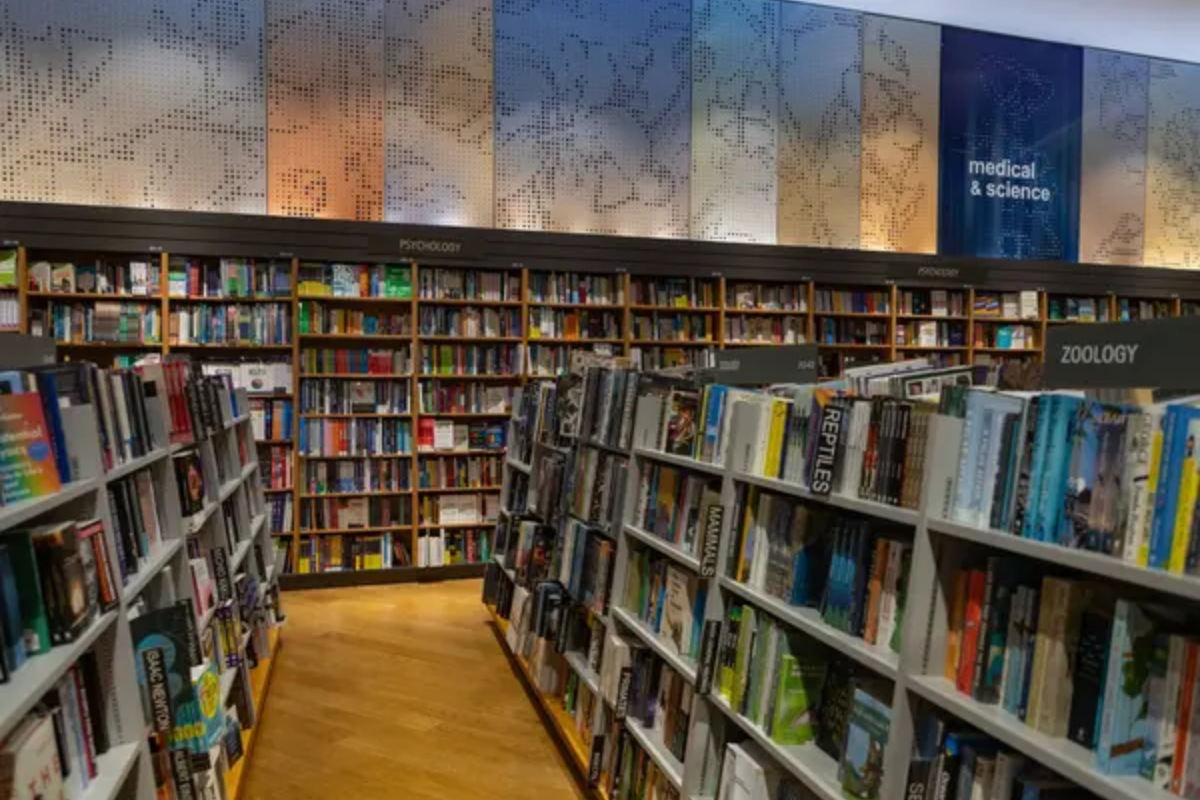
Massachusetts’s independent bookstore occupies a former movie theater where the sloped floor creates natural browsing levels, and the original projection booth now houses rare books. The theater’s former lobby serves as the main browsing area, while the auditorium space accommodates large sections like fiction and non-fiction.
Original theater seating provides reading areas where customers can settle in with books while enjoying the novelty of reading where audiences once watched films. The building’s acoustic design, originally intended for movie sound, now enhances author readings and literary events that draw audiences from throughout the Boston area.
Square Books
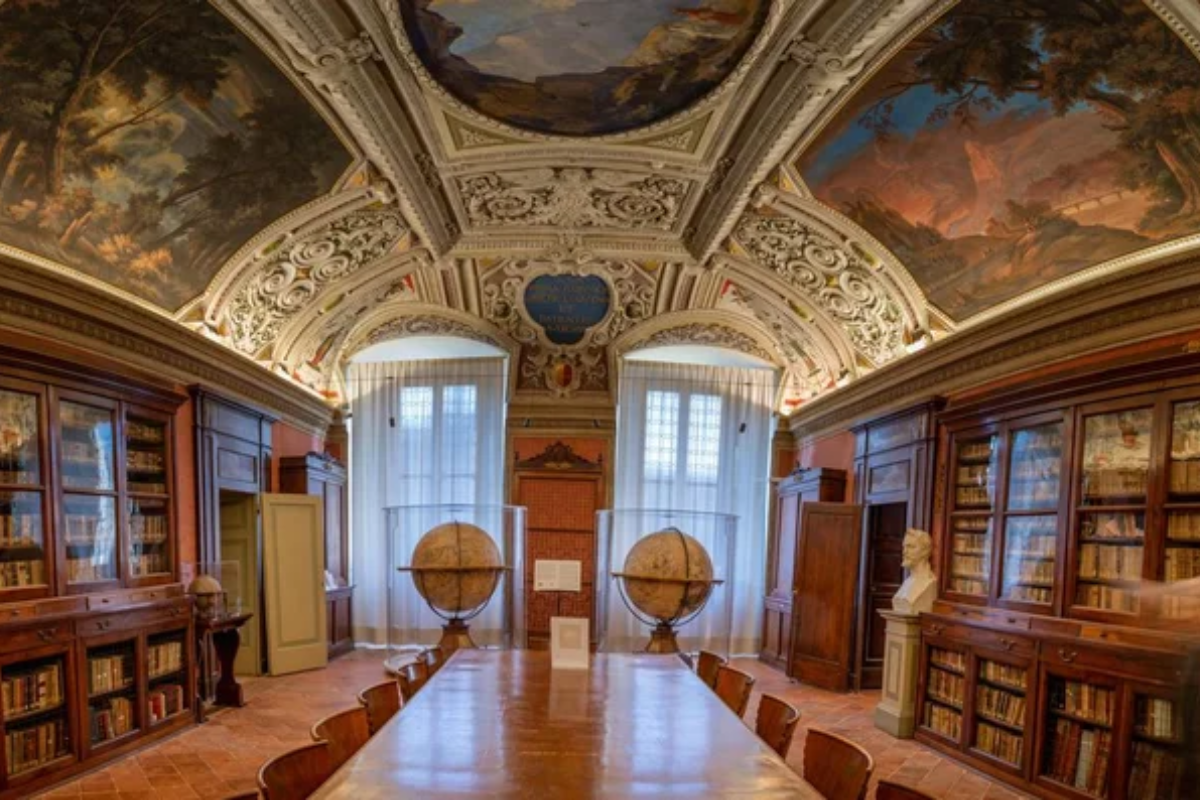
Oxford, Mississippi’s famous literary destination, occupies a former courthouse where legal proceedings once took place and literary discussions now flourish. The building’s former courtroom serves as an event space for author readings, while jury rooms have been converted into specialized book sections.
Original courthouse fixtures like judge’s benches and witness stands remain as conversation pieces that add character while serving practical functions like book displays. The building’s location on the town square maintains its role as a community gathering place, though books rather than a legal business now draw the crowds.
Carmichael’s Bookstore

Louisville’s independent bookstore occupies a former train station where the original waiting room now serves as the main browsing area, and the ticket office has been converted into a checkout counter. High ceilings and large windows create an airy atmosphere that makes browsing feel less commercial and more recreational.
Former baggage areas now house different book sections, while the station’s original signage provides wayfinding that helps customers navigate between genres. The building’s transportation heritage creates an appropriate metaphor for books as vehicles that transport readers to different times and places.
Like Travel Pug’s content? Follow us on MSN.
Flyleaf Books

Chapel Hill’s community-owned bookstore occupies a former church where stained glass windows create colored light that enhances the browsing experience while honoring the building’s spiritual heritage. The former sanctuary serves as the main bookstore floor, while Sunday school rooms have been converted into specialized sections for children’s books and local authors.
Original pews provide seating areas where customers can read while surrounded by books and architectural beauty. The church’s former fellowship hall hosts author events and book clubs, maintaining the building’s community gathering function while serving literary rather than religious purposes.
Literary Architecture
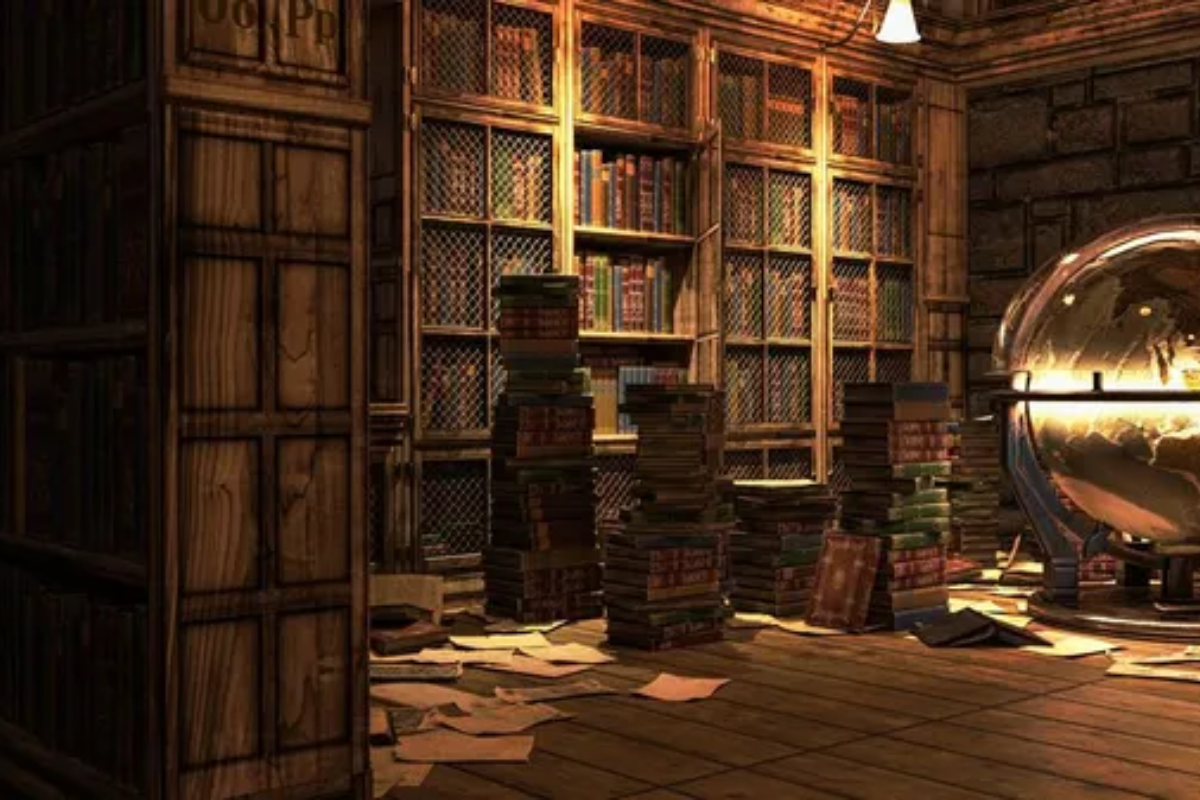
These bookstores demonstrate how historic buildings can find new life through literary use while maintaining their architectural character and community significance. Each location proves that books and buildings can enhance each other when creative booksellers work with rather than against existing architectural features.
Whether housed in former banks, theaters, or churches, these bookstores create environments where literature feels at home among history, creating spaces that honor both written words and architectural craftsmanship.7uiuiouioi[uiopiuiopiop[
More from Travel Pug

- 20 Best Beach Towns in the Carolinas
- 13 Destinations Where Tourists Regularly Regret Their Trip
- 20 Destinations That Are More Magical Without an Itinerary
- 20 Underrated Adventures That Belong on Your Travel List
- 20 Cities Where You Should Just Wing It, No Planning Required
Like Travel Pug’s content? Follow us on MSN. on MSN.
